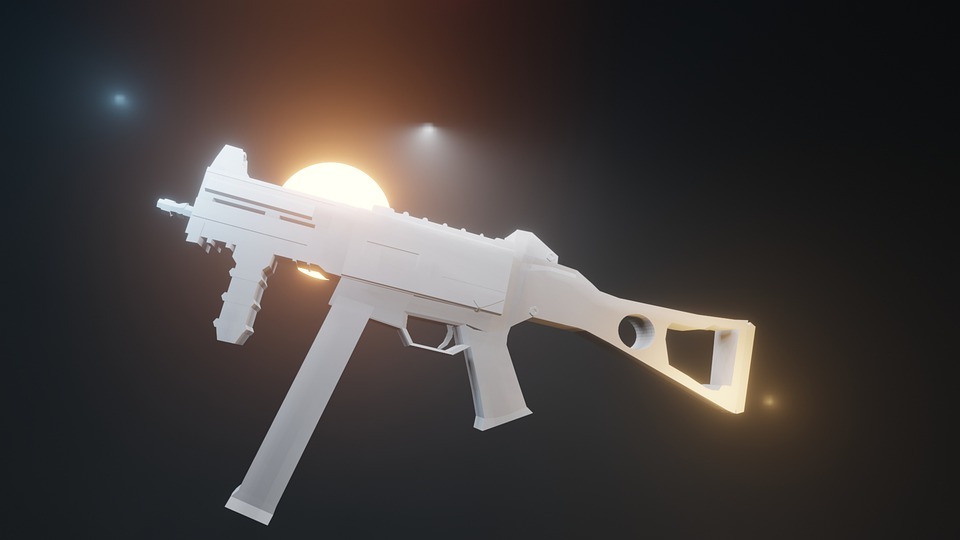Esports is a growing industry. In fact, more than just experiencing growth it has actually exploded in popularity over recent years. When people used to talk about how to become a professional gamer it was not really taken seriously. The chances are that you’d be mocked by teachers, friends, and colleagues for suggesting such a thing. That isn’t the case anymore.
Esports has shown that there is big money to be made. With teams competing for millions of dollars, there is now also the draw of those who enjoy betting. The esports market is one that fans can’t get enough of betting on. This degree of change, and this amount of new attention, meant that esports needed to take a step back and reassess itself.
The early days
If you look back to the early days of esports it is true to say that no one really cared about design. Yes, they wanted games that played well and the wanted the tech that allowed multiplayer to work as it should, but did anyone care about how things were looking? No one cared if the graphics could be improved or if the banner outside advertising the tournament was eye-catching enough.
For those first involved in esports, it was not about an image. It was not even about the money back then. It was about being involved with something that you loved. To some degree, it is fair to say that this was the time when esports was all about nerds and techies. No one else really cared. A huge increase in attention meant that the esports world suddenly faced a challenge to make itself more appealing and accessible. Enter the designers.
The inspiration from other sports
Sports such as football have long been popular. In reality, football is probably one of the most popular sports that people bet on. With millions of followers around the world and a betting market like no other, football seem the ideal place to draw inspiration from.
Whether you love sports, loathe them, or are indifferent, there’s a good chance that you’ll recognise certain logos from the footballing world. Most people recognise the three lions of the England kit. People from all over the world recognise the Man Utd emblem. This is the kind of recognition that esports was seeking.
The Ninjas in Pyjamas transformation
When it came to making teams recognisable, it was Ninjas in Pyjamas (NIP) that first underwent a transformation. This is a team from Sweden that has a great history and is well known for its success in Counter-Strike. The downside, they were just seen as a group of players rather than a team. The reason? There was no brand identity.
Designers have worked hard to change this. Nowadays you’ll see NIP wearing a kit. All team members wear the same attire which is brightly coloured and appeals to the younger generation. The success of this makeover has sparked other teams to follow in the footsteps of NIP. It is a sign that the industry is taking itself seriously and a sign that it is ready to be thrust into the limelight.
The games themselves
While gameplay will always matter more than graphics when it comes to esports, there is no escaping the fact that for mass appeal things need to look good. When you look at games such as Counter-strike and League of Legends what you will find are characters and weapons that are iconic. The design that goes into these sees that they are carefully crafted so that they can then be lifted from the games and used in other forms of media. They become the perfect advertisement for esports as a whole.
Those involved in esports will always love the rivalry and the thrill of the game regardless of flashy designs. However, if esports wants to continue to attract a bigger audience then it going to have to embrace these design changes. The basics of having teams that are instantly recognisable is enough to create fan loyalty and with this, there is even a knock-on effect as gambling on esports increases in popularity alongside the newfound loyalty.


